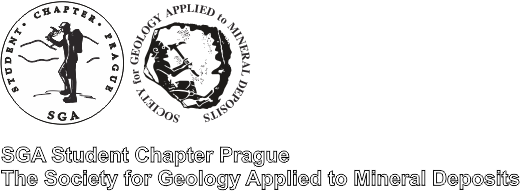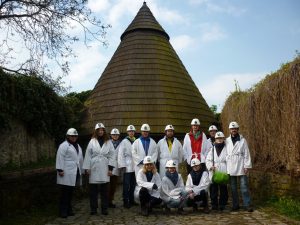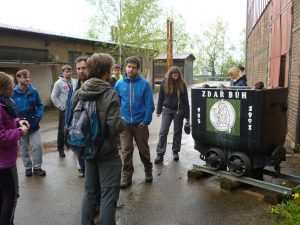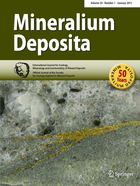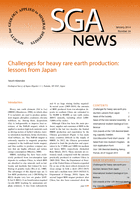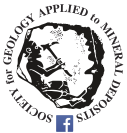First day:
Visiting of adit St. Jiří in Oselské district – Medieval adit St. Jiří is a part of the mining-historical exhibition of the Czech Museum of Silver. This adit was discovered in 1967 during a hydrogeological survey and the length of its accessible part is about 280 metres.
Quarry Práchovna – A new outdoor geological exposition was opened in August 2014 in the former quarry Práchovna. In this exposition are used a blocks of rocks from Kutná Hora area, Kolín and Chrudim with thematically structured panels.
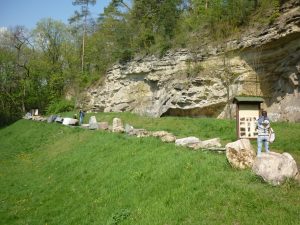 The slag heaps – were deposited in the immediate vicinity of the silver smelter. The ironworks in the Vrchlice Valley were in operation from the 15th century until the end of the 18th century. This despite of the partialy flattened heaps, containing an estimated 400,000 tons of slag, are witnesses of the vast range of medieval metallurgical activity in the area.
The slag heaps – were deposited in the immediate vicinity of the silver smelter. The ironworks in the Vrchlice Valley were in operation from the 15th century until the end of the 18th century. This despite of the partialy flattened heaps, containing an estimated 400,000 tons of slag, are witnesses of the vast range of medieval metallurgical activity in the area.
The St. Antonín Paduánský – is one of the most important mineralogical sites of the Kutná Hora region. The work followed a vein with a high content of antimony and silver ores. In the adit and in the dump we can get to know not only with typical veined minerals, but also with some luck we find rare silver ores. Our findings: berthierite, kutnohorite, pyrite, cave pearls.
The site of the former RD Kutná Hora establishment – here is the Turkaňk mine, which draws the mined water treated in the built-up cleaner for user quality. A large basin in the southern part of the Turkaňk zone was created by the mines collapse in 1969. In the eastern wall of the basin is a gallery of an old mine about 100 m long. This old gallery belongs to the oldest phase of Kutná Hora mining.
Old heaps after mining of ores in the village of Kaňk – This dumps are an interesting occurrence of rare arsenic minerals. For the last two years, heaps have been involved in many pitfalls because they have been exposed to erosion or by targeting of the collectors. Hopefully, due to the timely intervention of the experts which was made, there will be no complete disposal of the heaps, as was previously thought. Our Findings: bukovskite, kaňkite.
Second day:
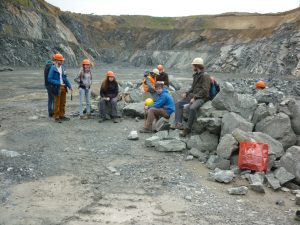 Malešov – a magnetite rich rock deposit opened by deep mines. Our findings: magnetite, garnet, pyroxene, amphibole, prehnite, calcite, epidote.
Malešov – a magnetite rich rock deposit opened by deep mines. Our findings: magnetite, garnet, pyroxene, amphibole, prehnite, calcite, epidote.
Markovice – active amphibolite quarry near Čáslav. Known occurrences of alpine type minerals. Our Findings: prehnite, titanite, albite, calcite.
Kožlí near Ledeč nad Sázavou – a small fluorite deposit with a high content of quartz. Our findings: fluorite, quartz.
Fourteen Chapter members participated on this excursion led by Mgr. Jan Bubal.
For more photos please visit this link.

